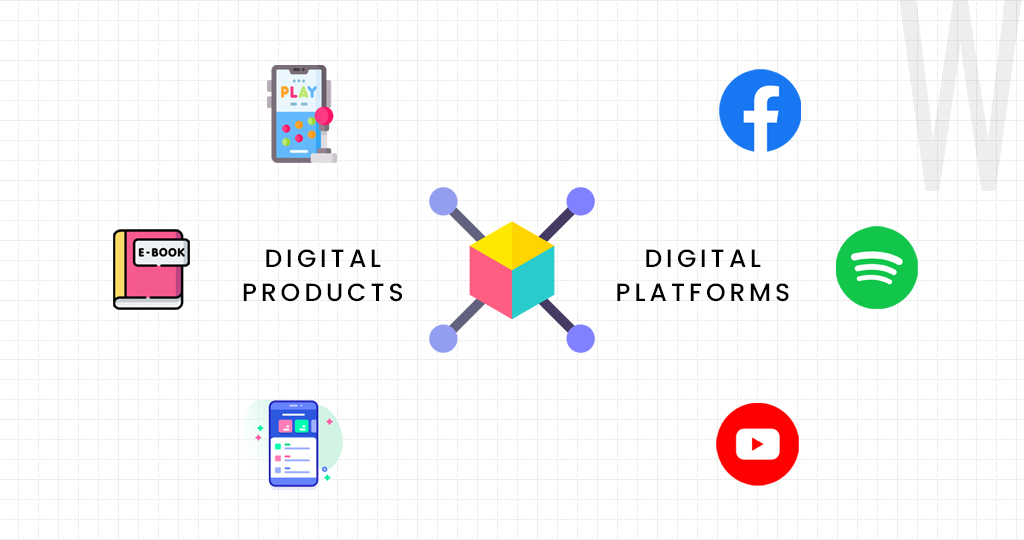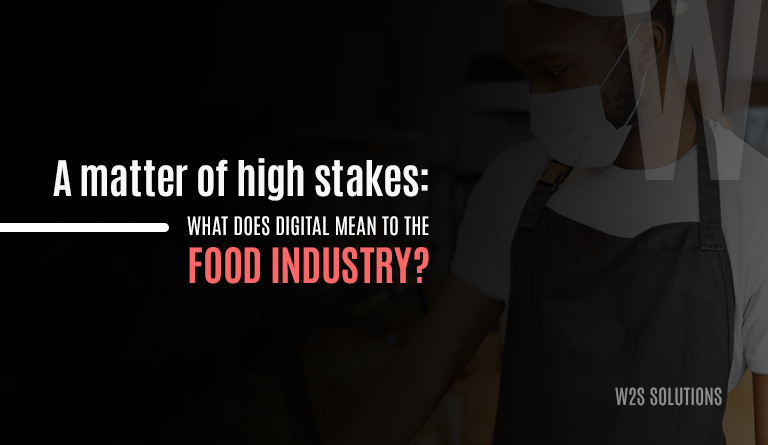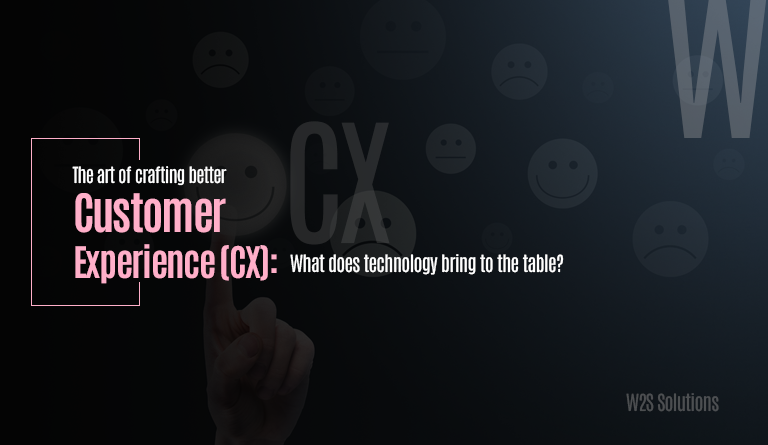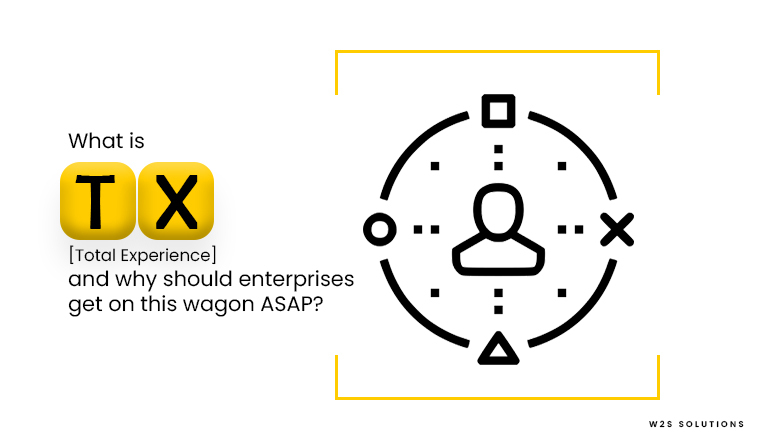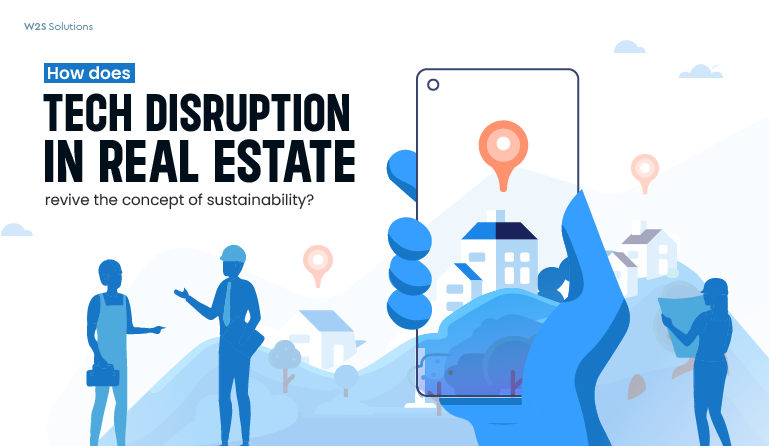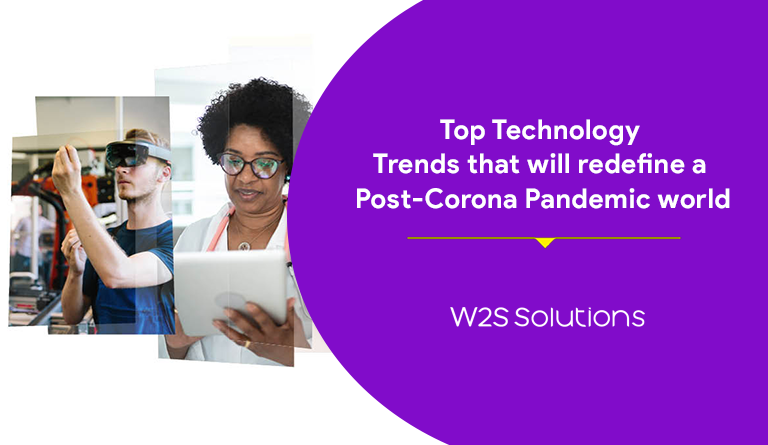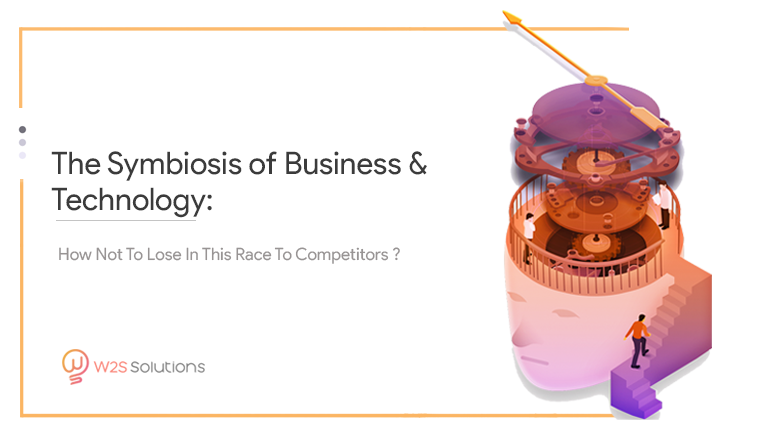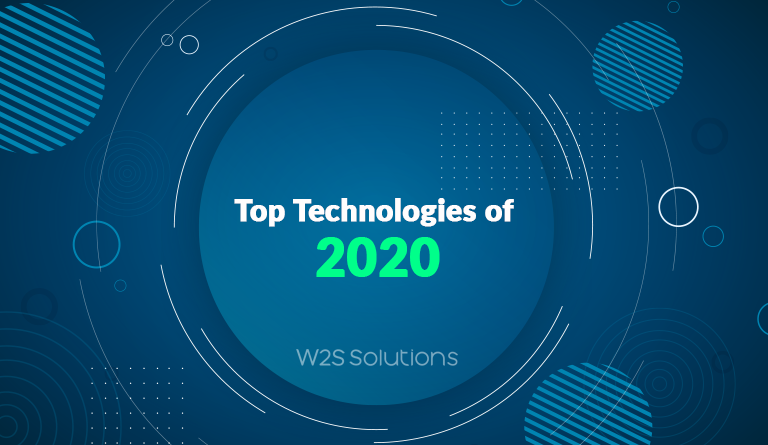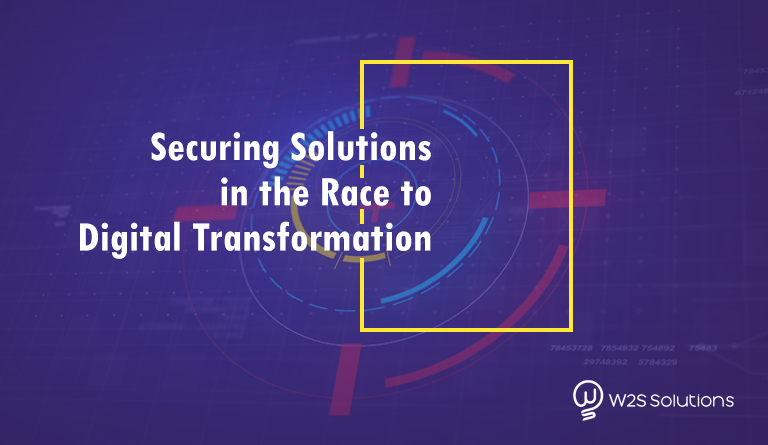As one of the top digital transformation companies, we help various international enterprises with their digital journey. And we’ve worked with enterprises of all sizes- from start-ups to MNCs, and our digital engineers have identified a direct relationship between an organization’s digital capabilities and overall growth. Companies with a digital vision ingrained in their business strategy are found to be more scalable and effective than the companies that are still experimenting with the digital landscape. It’s obvious as to why, as digital is proven to be one area that continues to grow despite the pandemic, geo-political disturbances, and even a relatively slow and bleak economy.
In fact, a global report states that the overall digital transformation market would reach a staggering USD 1,548.9 billion in the next few years.
Given the harsh conditions of the market, it is important for companies to fully commit to a digital vision and start working on it. Many influential global brands have already picked up on this shift, and have started to consistently work on their presence in the digital world. The number of Chief Digital Officers has nearly doubled since the start of the digital wave, and this trend is speculated to continue in the coming years, too! But contrary to popular opinions, there is no specific template for a successful digital transformation. A company’s digital capabilities are based on the company’s overall culture, talent, people, and resilience, and therefore are highly subjective.
However, our digital transformation officers have identified the following traits of a successful digital enterprise. So, if you are looking forward to being an agent of change in your industry, feel free to check out the list.
The transformation begins at the top level
HIPPO or Highest Paid Person’s Opinion is in fact found to be a problem by many corporate gurus and pioneers, but for an organic transformation to happen in an organization, the change should start from the top of the ladder. One of the biggest challenges for a company to transform digitally is that the top-level executives of the structure view digital as simply a channel where the business activities happen, instead of a way to create and deliver value– both internally and externally.
When the transformation happens at the top level, the impact will be equally distributed across internal branches, enabling synchronization across different departments. This also allows the organization to set and achieve extreme and “unrealistic” goals which help the stakeholders see digital as a value rendering channel.
Finding the right talent
The beauty of digital is that it is a highly complicated platform inside, yet becomes one of the easiest mediums for end users. Needless to say that delivering the ultimate platform has a lot of moving parts, and investing in the right talents is one of the biggest chunks of this equilibrium. The dilemma of experience vs. fresh talent is something a successful digital enterprise crosses. And any successful digital enterprise would say that talent beats experience when it comes to new, evolving domains like the digital. Hiring laterally can help your organization create a deeper talent pool, and doing so would facilitate transformation in the beginning stages.
Moreover, with technology constantly evolving, finding experienced talents in relatively new domains would be a challenge, and this is one of the many reasons why the number of IT firms in the market is shooting up. They fill the talent gap among many others, helping you leverage the right technology and deliver value at the right time.
Defining/integrating the digital and analog parts of your business
Ultimately, a business provides for its clients, and not all businesses are bred on digital platforms. For instance, brands like Walmart have been a giant in the industry even before they tapped into the digital world. In fact, our business experts notice that they’ve indeed arrived late to the e-commerce market. While this could be one of the reasons why the retail giant’s initial slow traction in the digital world, as it took an aggressive approach toward transformation, the e-commerce division evolved into a separate vertical.
Though Walmart was successful in islanding its business operations with digital, the same approach may not necessarily work for other brands! One of the popular telecommunications providers decided to integrate their digital and analog operations to amplify its business portfolio, going in the exact opposite way from Walmart’s approach. However, the process helped the telecommunications brand to expand its digital capabilities exponentially, delivering value to its consumers in a heavy-demand market.
Being data-driven
In a successful digital enterprise, data is embedded across the infrastructure. This builds resilience for the enterprise while operating in a void like digital. Being data-driven has a direct effect on the decision-making process of your organization. Talking about decision-making, our CEO, Madhu Kesavan says that a business is made one decision at a time. As one of the major league technology solutions providers, Madhu has worked with various global brands to successfully leverage data and the power of analytics. He also says that being data-positive empowers your brand to get ready for the next digital wave while identifying potential opportunities and meeting the business requirements of the present.
To create an effective data engine for your organization, think of the end users who will be using this data. Identify the channels with which they access these data, and find ways to stitch data into the very fabric of their business operations. This encourages people of the enterprise to leverage data for their crucial operations, and over time, data would become an asset that your enterprise leverages naturally.
Be obsessed with the customer
One of the proven ways for a digital enterprise to grow and scale is by continuously raising its customer expectations, and consistently meeting these expectations across various channels of the business. The boundaries of digital and physical worlds are slowly diminishing, and businesses need to nudge their digital strategies to meet this new reality. Take retail, for instance. Smart stores are taking the market by storm. They are built on the traditional retail business model but the capabilities are amplified with digital systems, delivering tailor-made value to its customers. With technologies like Artificial Intelligence, Machine Learning, and big data analytics, they are creating effective planogram models for the store, driving sales, brand experience, and customer experience altogether.
Customers are willing to be a part of the digital ecosystem, and with the power of IoT and advanced analytics, the significance of digital will be more than ever. This opens up a lot of opportunities for the business to attract potential audiences and turn their existing customers into loyal brand advocates.





